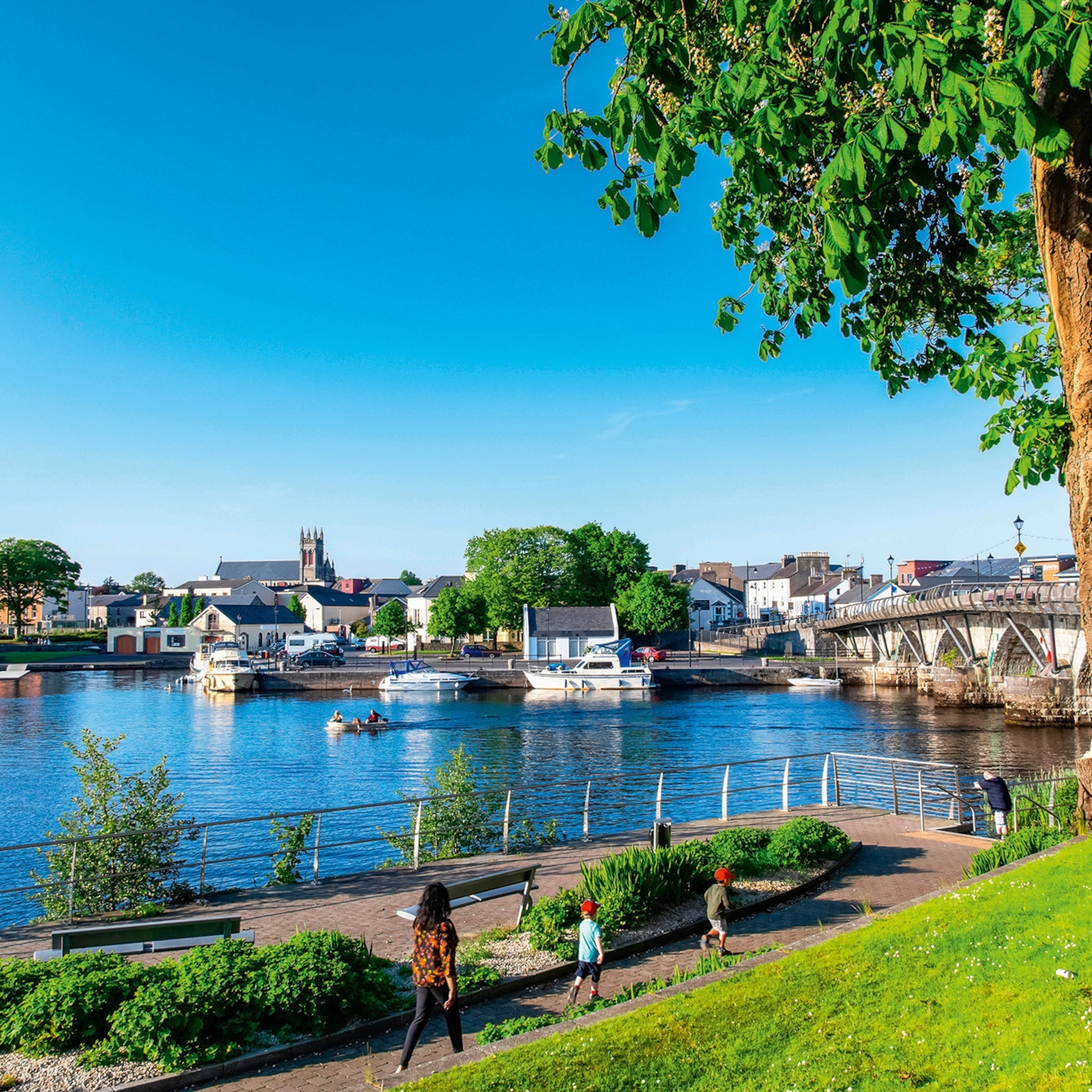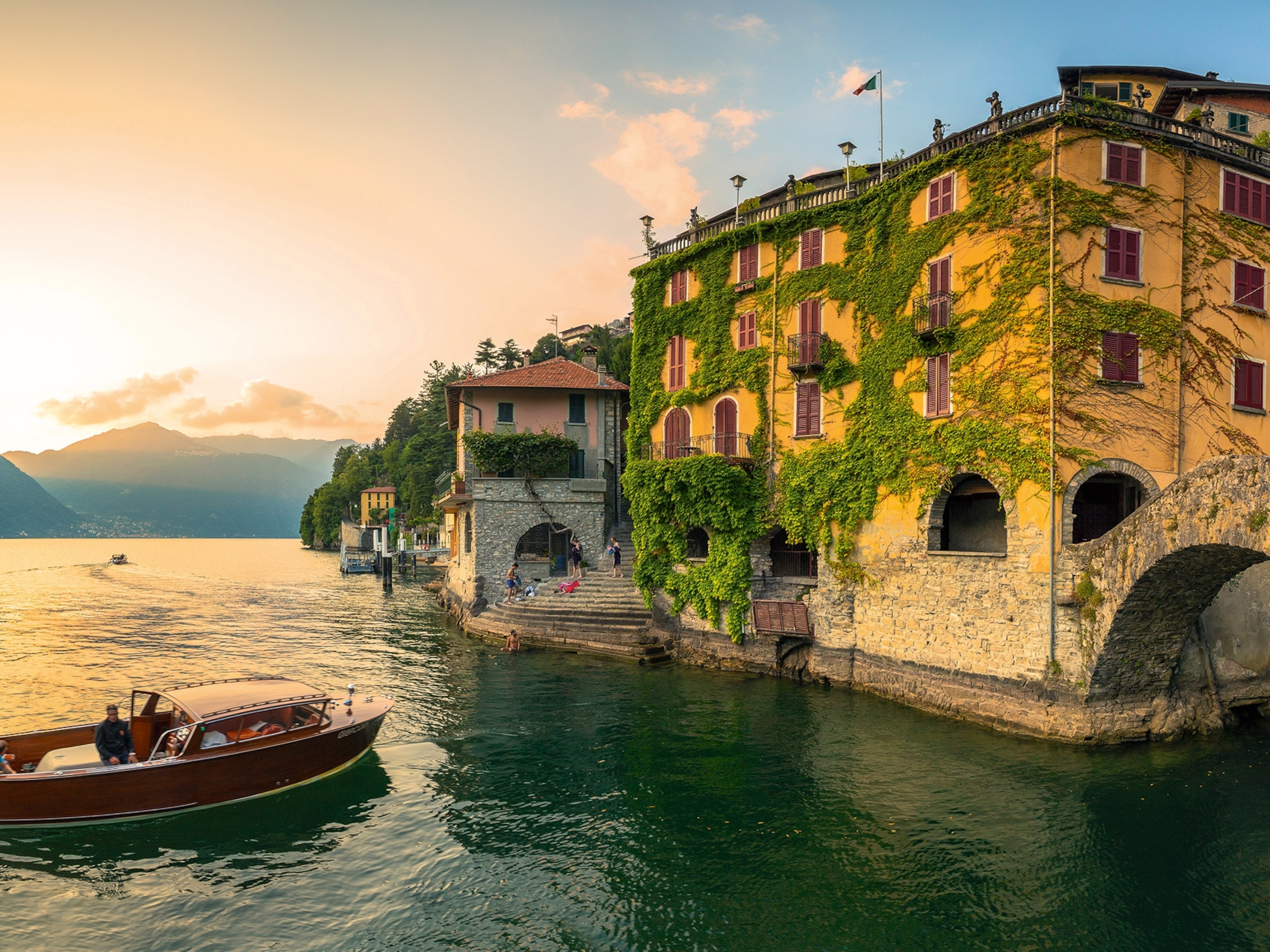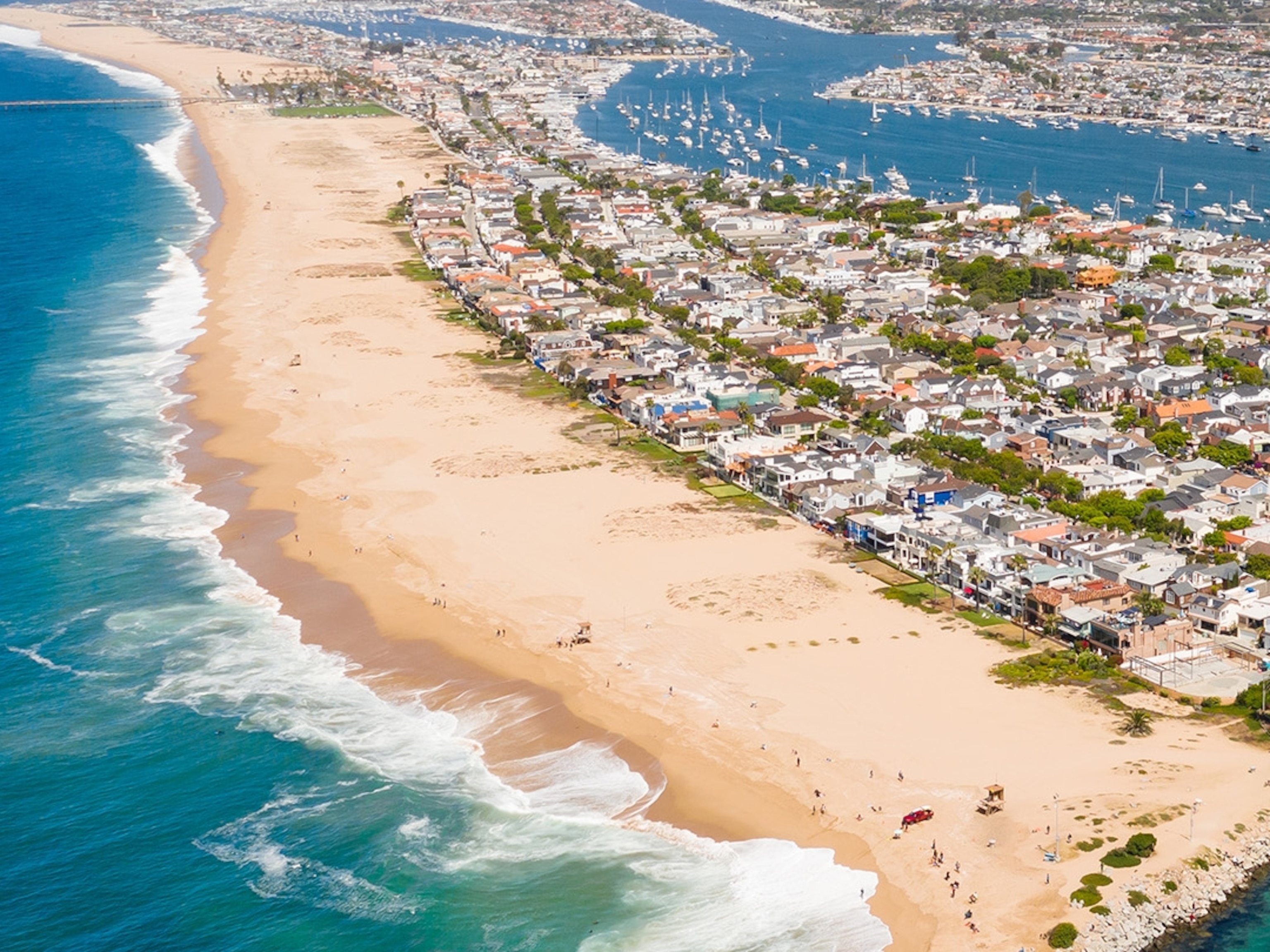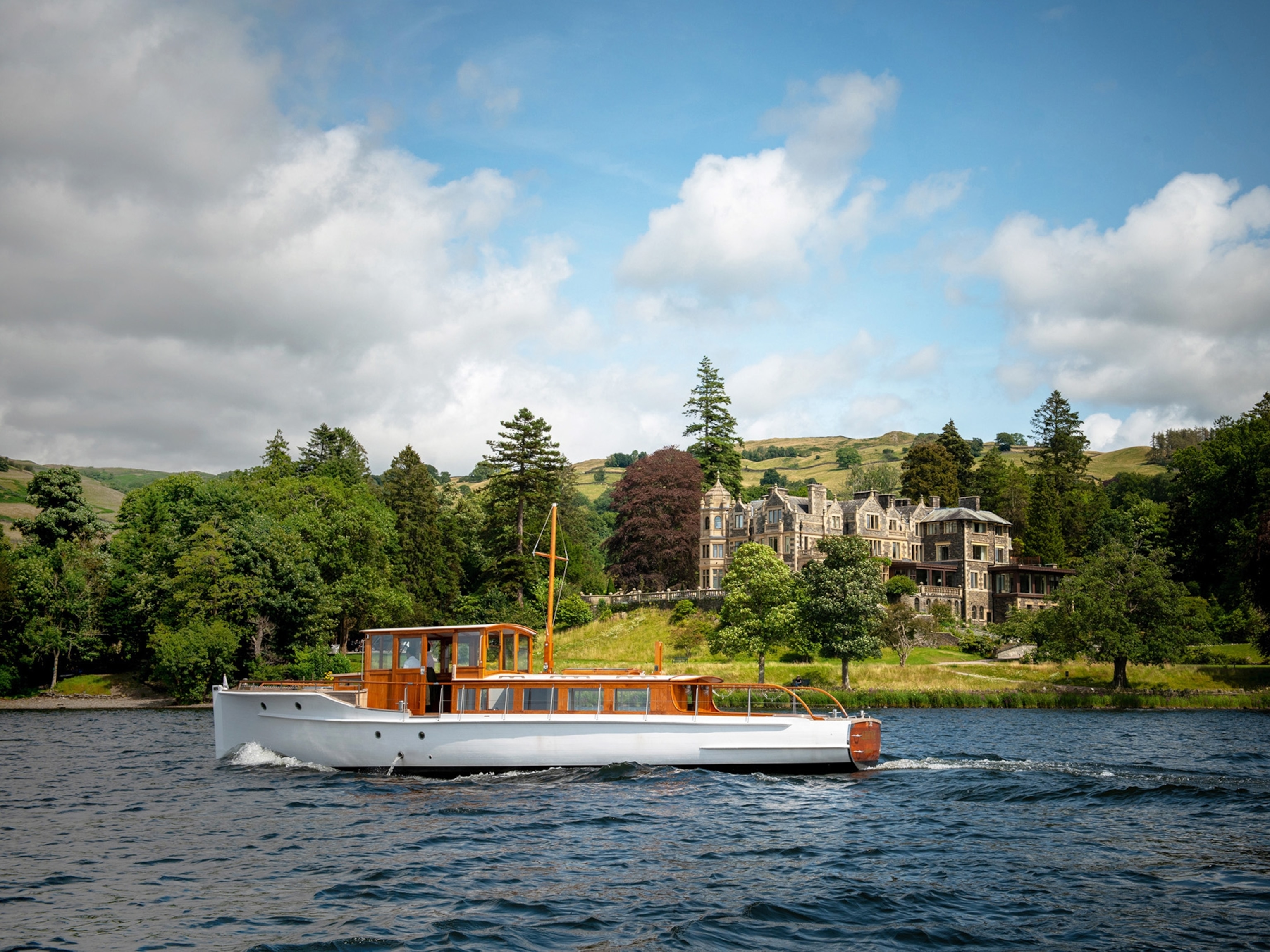
These fabled ‘ghost’ islands exist only in atlases
Early mapmakers and explorers covered the seas with mythical lands. Here’s where to find ones that turned out to be real.
From the dawn of cartography, ghosts haunted our maps—until modern technology purged them like a scientific exorcism. Due to myth, miscalculation, optical illusion, or outright lies, hundreds of nonexistent landmasses were planted on maps, where some remained for centuries.
Up until the past decade, these erroneous listings prompted many futile and occasionally deadly ocean voyages by crews seeking treasure, fame, or virgin territory. Hy-Brasil, supposedly located in the Atlantic Ocean west of Ireland, was said to render visitors immortal. Gamaland, east of Japan, drew sailors in search of its legendary gold and silver. The phantom Sannikov Land, in Siberia, even managed to vanish part of a Russian expedition crew.
Although such specters have been all but erased from maps, travelers can trace these mysterious tales by visiting cartographic libraries, monuments to explorers and mapmakers, and ghost islands that proved real.
Mapmaking boom
Each day, tourists in Brussels’ leafy Petit Sablon Square pass the statue of Belgian cartographer Abraham Ortelius, who inspired explorers to pursue geographic specters. In 1570, Ortelius published the first modern atlas, Theatrum Orbis Terrarum (Theater of the World), copies of which can be viewed at many libraries, including the Library of Congress in Washington, D.C. The atlas featured 70 detailed maps, which revealed a trove of unexplored islands. Many, as it turned out, existed only in this book.

A rush of sea exploration by Europeans in the 1500s triggered a boom in mapmaking, which then sparked more expeditions, reports of which swelled atlases further. “[Mapmaking] was a competitive business, and cartographers were desperate for the latest information gleaned from returning explorers to fill the blank spaces,” says Edward Brooke-Hitching, author of the 2016 book The Phantom Atlas.
“Inevitably, phantom geography started to blossom on the page. Rumors and unconfirmed sightings, mistaken calculations—before longitude the locations of islands were recorded using dead reckoning, which was essentially guesswork—and even mythology were all incorporated by the mapmaker to publish the fullest picture of the newly unveiled world.”
Once a ghost island was born, it was hard to banish. They were only removed from maps after a ship visited the island’s listed location and confirmed its nonexistence, Brooke-Hitching says. This task was complicated by optical illusions caused by light refractions, including the infamous fata morgana, which “presents itself as a distant strip of cape lying tantalizingly close, and yet always just out of reach.”
Claiming shadowy lands
These phantom islands spawned many problems for seafarers chasing these shadowy landmasses, according to Kevin Wittmann, a researcher at Spain’s Universidad de La Laguna, who completed his thesis on ancient maps. “Those expeditions were expensive, and in some cases dangerous, and finding out that they were sailing to a place that doesn’t exist was not good,” Wittmann says.
In the early 1900s, German explorer Baron Eduard Vasilyevich Toll led a mission to Sannikov Land, first reported by a Russian ship in 1810, about 430 miles north of mainland Siberia. After Toll’s vessel became trapped by ice in the New Siberian Islands, he and several colleagues used sledges and kayaks to head for Bennett Island, which tourists can now see on Arctic Ocean pleasure cruises. Those explorers disappeared, as did Sannikov Land, which likely was just a mirage caused by fata morgana, according to Brooke-Hitching.
Some ghosts even caused diplomatic tensions, Wittmann notes. Most famous was Bermeja Island, west of Mexico’s Yucatán Peninsula, which became central to a 2000s territorial dispute between the United States and Mexico over oil exploration—but searches in 1997 and 2009 concluded it didn’t exist. Bermeja resided on maps for more than 400 years until its recent purging. It could still be real, Wittman says, but concealed by rising sea levels.
(Ghost stories scare up new life at these historic hotels.)
Other ghost islands have evolved in the reverse fashion, according to Malachy Tallack, author of the 2016 book, The Un-Discovered Islands. Tourists can now board Antarctic cruises that visit the former phantom Bouvet Island. This icy, uninhabited landmass 1,500 miles southwest of Africa was widely considered myth for many years after it was first spotted in 1739 by a French navigator, Tallack says. Bouvet was not seen again for almost 80 years, and many sightings logged it in separate locations and with different names. “It wasn’t until nearly 200 years after the first sighting that the island was properly named, and claimed, by a Norwegian expedition,” Tallack says.


Not all phantoms hide in such remote locations, though. Travelers on the daily ferries that cross the ocean between Hong Kong and Macau unknowingly pass near an unmarked island which held the first European settlement in China. Known as Tamão, it was established by Portuguese explorer Jorge Álvares, whose story visitors can learn at the Macau Museum. Tamão doesn’t appear on modern maps, as its exact location is no longer known. Historians concede it could be any one of several islands in this stretch of the South China Sea.
(The long lost city of Tamão is hiding in plain sight.)
There is far less confusion, these days at least, about ghosts like Frisland and St. Brendan’s Island, both detailed in the books by Tallack and Brooke-Hitching. Located south of Iceland, the former was birthed by the 16th-century Venetian Nicolò Zeno, based solely on his recollection of letters he had once read, written by his explorer ancestors. Zeno himself never visited Frisland, and there was no evidence anyone else had. Yet this specter stained maps for more than a hundred years.

Even more enduring was the belief in an island apparently discovered by Ireland’s Saint Brendan the Navigator. Visitors to the pretty Irish seaside village of Fenit, in County Kerry, can now admire a large statue of this famed explorer looking out to the Atlantic Ocean. It was there he claimed to have found an isle off the northwest coast of Africa in the sixth century. His claims stuck. St. Brendan’s Island was the focus of many fruitless expeditions and remained on maps until the 17th century.
The 19th century saw a mass purging of phantom islands, says Brooke-Hitching, “as ocean highways grew even busier, and global positioning more accurate.” In 1875 alone, 123 nonexistent islands were erased from the British Royal Navy’s chart of the North Pacific.
The end of phantom islands?
Nowadays, ghost islands are mostly “a thing of the past,” says Alex Tait, Geographer of the National Geographic Society. “Given the plethora of remotely sensed imagery of the entire planet, we have a very good idea of what islands exist in the world, and it is unlikely that phantom islands persist on our maps,” Tait says. But he stresses that Earth’s geophysical dynamism means fresh islands are created and established ones disappear, due to volcanism, erosion, and glacial melting.
Volcanic activity created one of the world’s newest islands in 2013, about 600 miles south of Tokyo. More and more of this landmass gradually surfaced from the Pacific Ocean until it merged with the smaller, long-established island of Nishinoshima. This new, fused island, of the same name, is more than a dozen times larger than the original.
Some landmasses don’t change in such a linear manner. They emerge, retreat, emerge, retreat. Depending on the time a boat visits, it may encounter either a stretch of open ocean or an immense coral platform, poking above the sea like an island.

That is the case with Western Australia’s remarkable tourist attraction, Montgomery Reef. This isolated wonder, about 1,200 miles north of the state capital, Perth, regularly becomes an island due to some of the world’s largest tidal changes. Populated by dugongs, turtles, manta rays, humpback dolphins, and saltwater crocodiles, the 155-square-mile reef rises out of the Indian Ocean at low tide. This spectacle is often witnessed by boats of sightseers.
On the opposite side of Australia lay perhaps the world’s most recent phantom isle. About 15 miles long and 3 miles wide, Sandy Island was listed on Google Maps in the Coral Sea, west of New Caledonia, until 2012. That’s when it was undiscovered by Australian scientists, who visited that location and found only ocean. Perhaps that was the last of the specter islands.
Or maybe mistakes, mischief, or optical illusions could yet plant more ghosts on our maps.







